Cycling is a popularly acknowledged economical and ecologically friendly mode of transportation. If you’re thinking about getting a new bike, you might be torn between going electric or continuing with a conventional pedal bike. Which one would be a better decision for you, then?
If you’re used to riding a standard bike, you might be interested in learning how an electric bike works.
Electric bikes, often known as e-bikes, are bicycles with an electric motor driven by batteries to assist the user.
Some electric bikes, in contrast to conventional bicycles, have a throttle that lets you manage the motor’s output. Others feature pedal assistance, which involves the engine turning on when you begin pedaling to offer support.
Most electric bikes also come with pedals, allowing riders to propel the bike forward through pedal power, without solely relying on the motor.
Although they have been around for a while, electric bikes have only recently become more common in the US.
Your unique requirements, preferences, and intended use should all be taken into account when choosing between an electric bike and a standard bike. Each sort of bike has benefits and drawbacks of its own.
This article compares traditional bikes vs electric bikes in order to give you information that will enable you to make an informed choice.
Let’s examine them to aid you in making a decision:
Electric Bikes (E-bikes):
1. Assistance and Speed:
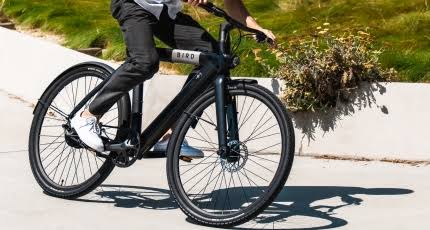
Electric motors are a feature of e-bikes that help with propulsion while pedaling. Particularly when traveling uphill or against strong winds, this feature makes it easier for you to maintain faster speeds.
2. Longer Rides:
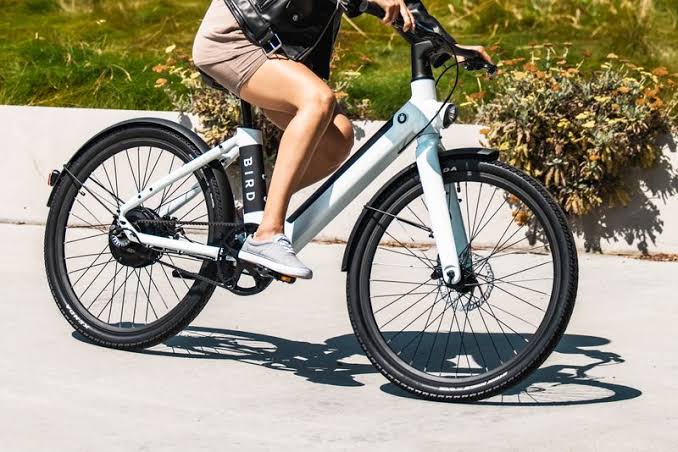
People who want to travel farther without expending as much energy may consider electric bikes. They are especially well suited for prolonged travels or distances because the motor helps to lessen weariness. For those who wish to exercise more but may not have the endurance to bike large distances on their own, this can be a huge benefit.
3. Fitness and Health:
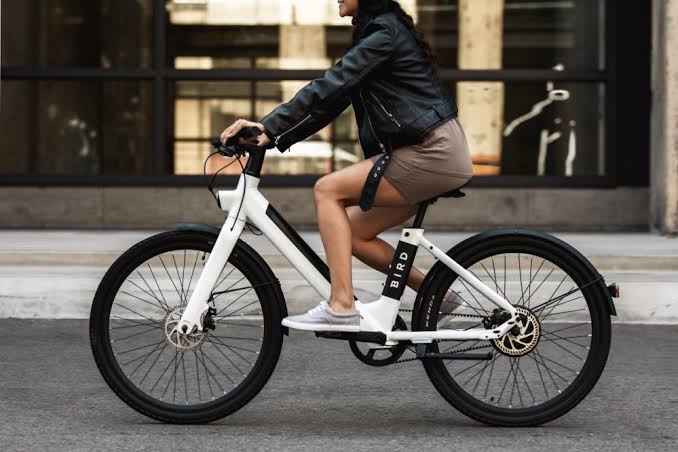
Despite the aid that e-bikes offer, you may still decide how much help you want. Less assistance or pedaling altogether without motor support will raise the intensity of your workout.
4. Commuting and Hills:
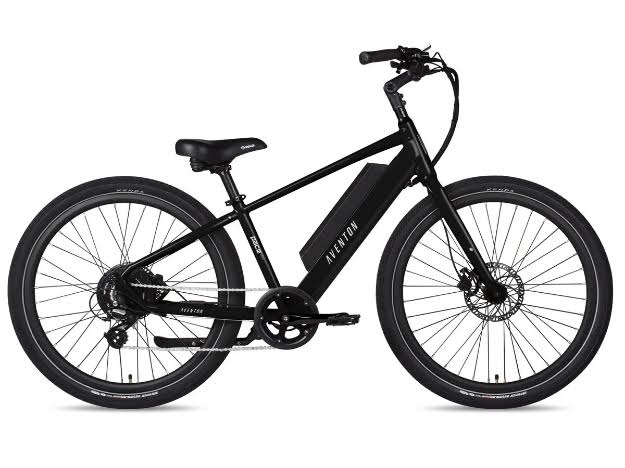
E-bikes can be particularly helpful for commuting, especially if your route includes hilly terrain. People who live in places with many hills or steep slopes may find the electric motor on an e-bike to be a significant benefit since it can make climbing inclines easier. This can make it easier for you to get to work or school and can also help you save energy for other activities during the day.
5. Cost:
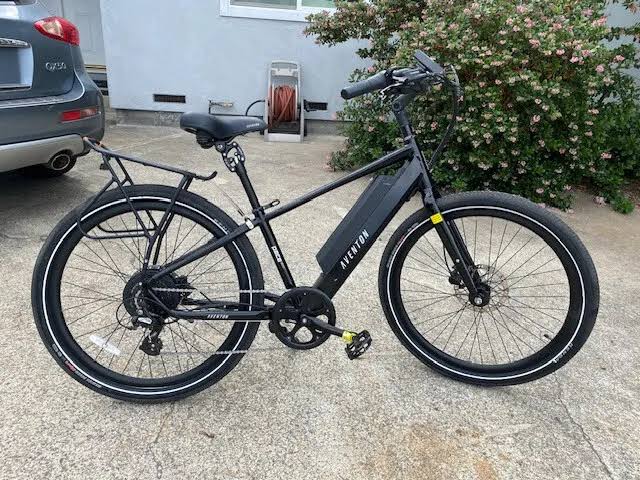
Due to the added parts like the engine and battery, electric bikes typically cost more up front. However, if you utilize them for daily commutes instead of a car or public transportation, you could end up saving money over time.
Traditional Bikes:
1. Simplicity:

Due to the absence of the motor and battery components seen in electric bikes, traditional bikes have a simpler design. Because of their simplicity, they frequently require less upkeep and are typically lighter.
2. Exercise:

A traditional bike can be a great option for folks who want a full workout because it needs more physical effort than an electric bike. A typical bike requires you to pedal in order to create the force necessary to propel the bike ahead. You can do this to increase your cardiovascular health as well as your strength and endurance.
3. Cost:

For those on a tight budget, traditional bikes are an excellent alternative to electric bikes because they are typically less expensive. They have lower upfront costs and upkeep costs because they don’t need a motor or battery. Traditional bikes are also frequently lighter and easier to manage, making them a wonderful option for anyone looking for a more flexible and skillful method of transportation.
4. Versatility:

Because of their adaptability and independence, traditional bikes have long been favored by cyclists. These bicycles, unlike their electric counterparts, do not require batteries or charging stations to function, making them perfect for riders who value the freedom to explore various areas without being constrained by a lack of adequate charging infrastructure.
5. Eco-Friendly:

While both traditional and electric bikes are praised as being more ecologically friendly than cars, it’s vital to realize that there are some substantial differences between the two in terms of emissions. In their most basic form, traditional bikes significantly outperform electric bikes in terms of their negative environmental impact. This benefit comes from the fact that they have zero emissions because they run entirely on human power and don’t need any electricity.
FAQs:
Is an electric bike good for daily use?
Yes, electric bikes are fantastic for daily use.
How long can an electric bike last?
An electric bike can last for several years if it is well-maintained.
Is an electric bike good for long rides?
Of course, electric bikes are perfect for long rides!
Are electric bikes difficult to maintain?
No, they are not. Electric bikes are easy to maintain, especially if you follow the manufacturer’s instructions.
Conclusion:
Your personal tastes, fitness objectives, commute requirements, topography, and financial situation will determine whether you choose an electric bike or a standard cycle. Take into account elements like the distance you intend to ride, the terrain you’ll encounter, your degree of fitness, and your desire to put up physical effort while riding.
We hope that you find this article useful.

